https://americansongwriter.com/the-meaning-behind-the-classic-nursery-rhyme-old-macdonald-had-a-farm/
Will come back soon!
https://americansongwriter.com/the-meaning-behind-the-classic-nursery-rhyme-old-macdonald-had-a-farm/
Will come back soon!
Yoga
and Preschool
Regular yoga and mindfulness practice can be a tool that can teach us how to deal with life’s demands in a calm and centered way.
By doing in Yoga in preschool, we are empowering our children to learn to be resilient at an earlier age. The earlier we start something, the more opportunities we will have to practice.
1.
Physical Benefits of Preschool Yoga
2.
Emotional Benefits of Preschool Yoga
3.
Intellectual Benefits of Preschool Yoga
4.
Mental Health Benefits of Preschool Yoga
5.
Social Benefits of Preschool Yoga
How Maria Montessori's Model Met the Moment
The coronavirus pandemic created an abrupt shift in education when it swept across the globe last spring, but one model of early learning, whose foundational principles date back over one hundred years, was primed for the moment.
The Montessori method is based on the tenets put forth by Maria Montessori, an Italian physician and educator, in her 1914 handbook, which depicted ideal learning environments for children ages three through six years old. Montessori programs are centered around the child. The environment is treated as the “Children’s House” and is carefully arranged with didactic materials that inspire self-guided learning, sensory play, and independence. Educators serve as guides and observe, rather than formally assess, learning, to further individualize children’s experience. Outdoor education and gardening play a critical role in the learning process, along with music, language, mathematics, self-care, and a commitment to children's freedom.
Early in the pandemic, like most schools, Montessori programs sharply pivoted to an all-virtual model, and Maria Montessori’s method encountered technology in previously unheard of ways. “Historically there was a little bit of resistance to the use of technology in the Montessori community,” explained Katie Brown, director of professional learning at the National Center for Montessori in the Public Sector. She continued, “Montessori is a very well-articulated pedagogy, and it's one that has been largely the same since Maria Montessori first wrote her curriculum, about 100 years ago. And so, prior to the widespread school closures and this pandemic, technology hadn't really permeated the Montessori world the way that it has in the rest of education.”
The resistance to technology was swiftly offset by necessity, and when Montessori schools went online, each program took a different approach. One school that found success with distance learning was Breakthrough Montessori Public Charter School in Washington, DC, which struck a balance between online and offline learning. According to Emily Hedin, executive director of Breakthrough Montessori PCS, students at the primary level, ages three through six years old, spend no more than 30 minutes at a time on Zoom. Many virtual lessons are taken directly out of the Montessori scope and sequence and last around 15 minutes, followed by periods of independent exploration offline.
To ensure equitable access to learning opportunities, Breakthrough Montessori PCS sent home teacher-created versions of quintessential Montessori materials, such as work rugs, sandpaper letters, the stamp game, and fabric frames for buttoning and zipping practice. “We've really tried to get creative about how do we bring those beautiful materials into the home, and how do we supply our students with enough hands-on materials that they can have self-guided work time that is not screen-based?,” said Hedin in an interview. The school has also ensured that all children receive items ranging from glue sticks, scissors, and Chromebooks, to child-sized furniture. Teachers encouraged families to set up a space in the home where children can have self-guided, independent play, as they would in a Montessori classroom.
Distance learning brought together families and educators in new and deeper partnerships that extend beyond the traditional “Montessori triangle,” which Brown described as the child, the adult, and the environment. Educators provided support to families establishing distance learning routines in the home, and helped parents foster children’s practical life skills like cleaning, gardening, self-care, and cooking. In a distance learning survey conducted by Brown and her colleagues last spring, Montessori educators cited the importance of forming closer relationships with families as one of the biggest shifts in their approach, and 65 percent expressed interest in maintaining family engagement moving forward.
Technology has also allowed Montessori communities to learn from one another in unprecedented ways. “Last spring, the Montessori community really joined together globally in a way that it never has before,” explained Sonya Hemmen, head of school at Ross Montessori School, in Carbondale, CO. “There were people in Asia who were offering webinars to the rest of us, because they had been teaching remotely for a month before us. And then there were schools within the U.S. also offering webinars and meetings, and really problem-solving together to do what we could that was best for our students’ health and safety as well as their educational needs.”
With this cooperative learning underway and a commitment to safety, Ross Montessori School opened at full capacity last fall. Hemmen cited mask-wearing as one of the biggest concerns initially expressed by staff and board members. Fears were quickly abated as educators used the Montessori model to teach mask-wearing and hand-washing protocols, and found that students were apt to comply. Brown explained that Montessori teachers are “well-positioned and well-prepared to explicitly teach skills like hand-washing,” which has long been one of the practical life skills taught in Montessori programs.
Similarly, Montessori students have always taken ownership of cleaning and caring for their learning environment. “We traditionally don't allow the children to see adults cleaning the rooms, because we want them to believe that it's their job, it's their environment,” said Ann Pilzner, Head of School at The Montessori School in Kalamazoo, MI. Schools are still embracing this practice, though most have an added layer of adult-directed cleaning, given the circumstances.
In the beginning of her handbook, Maria Montessori laid forth a vision of outdoor learning. “A garden which contains shelters is ideal because the children can play or sleep under them, and can also bring their tables out to work or dine. In this way they may live almost entirely in the open air, and are protected at the same time from rain and sun,” she wrote. Even in the cold Michigan weather, students at The Montessori School have been enjoying the garden, playground, pond, and wooded area on the school grounds, embracing Montessori’s philosophies while reducing viral exposure.
Schools engaged in distance learning also promoted outdoor exploration. Breakthrough Montessori’s educators have recommended activities like nature walks, bird watching, and leaf collection, while the High Desert Montessori Charter School in Reno, NV invited children to join in biweekly outdoor play groups for COVID-safe socialization when children were learning remotely.
Overall, most educators and school leaders have felt that their Montessori programs were able to stay true to Maria Montessori’s philosophy. In the aforementioned survey, two-thirds of teachers felt that they were able to uphold Montessori principles and values moderately to extremely well, a sentiment echoed by each of the school leaders I spoke with. According to Eric Perez, principal of High Desert Montessori, whose program has adopted distance, hybrid, and in person models, “We've been able to stay pretty much on par with most of our Montessori principles without having to make too many adjustments. I think, in the end, we've become a lot stronger because of this.”
As traditional schools strive to help students recover from this year’s disrupted learning in the coming months and years, Montessori programs may have valuable insights to share. “I think Montessori is really well-positioned to be a part of that recovery because of its emphasis on thinking of children as holistic individuals, and social-emotional development, and individualization, and multi-age classrooms. I think all of those tools are going to really help us when we bring children back into schools and try to put the pieces back together and help everyone move forward,” said Brown.
While the ways in which Montessori programs have reached students and families have had to adapt this year, Maria Montessori’s philosophy has prevailed. Her distinct model, centered on children’s individualized growth and development, proved it can withstand extraordinary circumstances and come out even stronger on the other side.
Other Early Childhood Programs
Many American families enroll their preschool-aged children in publicly funded child care centers or child care homes. Some of these programs may, in practice, be considered pre-K programs1 but are not required by state or federal law to meet pre-K standards. Child care programs receiving public funds may be supported by vouchers provided to low-income families or through state subsidies to providers serving at-risk children. To assist these families, states often use funds from federal programs, including the Child Care and Development Fund (which includes the Child Care and Development Block Grant [CCDBG]), Temporary Assistance for Needy Families, and the Social Services Block Grant. In many cases, the emphasis in these federal grant programs is on children's health and safety, but some programs are evolving to focus on children's cognitive and social development as well.
Many states are now developing monitoring systems called Quality Rating Improvement Systems (QRIS) that could enable parents and policymakers to determine which child care programs that receive public subsidies are providing high-quality educational experiences for children. These systems could be used to determine whether such programs should continue to receive public funds.
Because child care subsidies, Head Start, and many state-funded pre-K programs are open only to families with low incomes, many working families above the income-eligibility threshold must turn to private, tuition-based pre-K programs and child care centers for the care and early education and development of their children under the age of 5. These may be church-run preschools, parent-run preschools, preschools managed by non-profit organizations or for-profit child care centers, or preschool programs administered to small groups of children in homes. While it is likely that a significant portion of young children attend these types of programs, no system exists to track enrollments in privately funded programs.
With virtual learning now the norm for many due to COVID-19, not to mention the myriad of other social challenges facing young people during this pandemic, it is more important than ever to ensure that our children are able to cope with challenging times. The best way for children to develop these essential skills is through education; education that prioritizes the child and sets them up for success.
This Feb. 21-27, we are celebrating International Montessori Education Week. Montessori educators around the world know that this educational approach is the best way to encourage independent, resilient and curious students who can weather tough times and make sense of the complex, changing world around them.
Developed over 100 years ago by Dr. Maria Montessori, a three-time nominee for the Nobel Peace Prize, this method is grounded in the stages of human development, allowing students to develop self-discipline, respect for themselves, others and the world around them.
Young children everywhere learn by exploring their environments through movement and using all their senses, so virtual learning that is developmentally appropriate has been a challenge. In Montessori schools however, we have seen growth and success during this time. I believe that is because the skills nurtured in Montessori schools are directly transferable to remote learning. A child in remote learning needs self-discipline and curiosity to keep exploring. A child in remote learning needs to adapt, problem solve and make decisions. A child in remote learning needs to regulate and drive their own studies. Luckily, these skills are at work every single day in a Montessori classroom.
In class or remotely, Montessori students help organize their day, set goals in consultation with the teacher, are encouraged to problem-solve and plan. This student-driven education style means that despite the global challenges, Montessori students are able to adapt and strive toward success, even in the virtual learning world.
Many prominent educators and parents across Canada have expressed concern that this public health crisis will set students back. But how do we measure success? If we focus only on standardized test scores and traditional grading metrics, we may indeed feel that students are behind. But Montessori education is based on constant observation and ongoing assessment by teachers at all age levels. Assessment is a process and not an event. Defining success is in terms of learning outcomes. Success means the development of executive function that is developmental and grows with the child.
This COVID year will allow us to look at children, their reactions, their stories and observations and learn lessons from them about resiliency and how to adapt. This year has taught them more about these skills than ever before. They are not really behind if we try this approach.
This week, millions of educators, parents, and alumni who have attended Montessori schools, in Canada and around the world, will reflect on this educational method and the ways it sets children up for success. This Montessori Education Week, the best way to help your child develop the resilience, independence, and curiosity that our changing world requires, is to look into accredited Montessori schools near you.

Minimalist photography is an art that expresses the simplicity of this world. It is a means of appreciating the fundamental parts of a work and finding art in simple things. For many people, minimalism is freedom. Freedom from stress, worries, fear.
Minimalism means being happy while living with less. You enjoy the things you have, even if they are few. We define minimalism as owning things that only matter for your life.
But how do you combine minimalism and art to create minimalist photography?
Keeping everything simple, this article will teach you:

“Simplicity, clarity, singleness: These are the attributes that give our lives power and vividness and joy as they are also the marks of great art.”
—Richard Holloway
Minimalist photography tells the most emotional stories found in the simplest and most impactful things. This genre of art has become very popular in recent times, as many photographers try to discover the secrets of this movement.
The concept that best defines minimalist photography is based on the principle “less is more”.
Take your camera and focus your eyes on the fundamental stuff. Concentrate on simple compositions and let your creativity go wild.
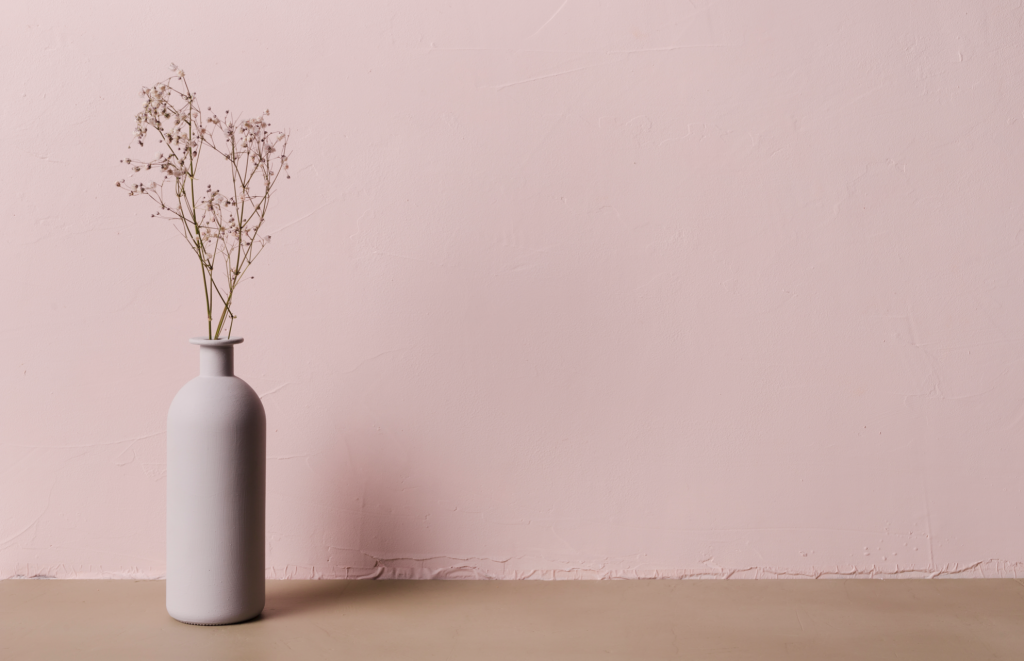
It is easy to capture simple elements, but it is hard to give them meaning. That’s what minimalist art is about. To take the insignificant objects and put them in the spotlight. But to be successful, you need to tell a story with simple objects.
As in other arts, you need a vision, and you have to see what others cannot see. So, let’s focus on simplicity and see how you can practice minimalist photography.
First, you should start doing a little research and get inspiration from other photographers.
With the help of social media, we have more access than ever to see different perspectives and get in touch with other photographers. It is not wrong to look for information and details in order to improve your photography skills.
Search for minimalist photographers and get inspired by their work.
Simplicity and minimalism are two things that complement each other. As a photographer, one of the best things you can do is let your creativity come out.
Taking minimalist photos means to focus on the simple things. You have to keep it simple and concentrate on the few elements that will create the maximum effect on your photos.

Any photographer wants to capture impressive perspectives and play with backgrounds, subjects, composition, and have the proper exposure.
Well, when it comes to minimalist photography, less is better. Often, simple stuff can tell a stronger story than complex elements.
One of the important things in minimalist photography is composition.
Even if you have a few elements, you need to know to frame them properly. Your subject needs to be in perfect symmetry to catch a meaning.

If you want to learn a quick way to improve your composition, I advise you to learn the rule of thirds. Mastering this technique will give you visually appealing pictures, no matter what you’re photographing.
As you can see, minimalist photography is about finding an element and isolating it. Having a clear background will help your camera focus only on your subject.
You just have to place it in such a way that it gives meaning to the image.

You can put your subject in the middle, on the right, on the left, maybe at the bottom of the photograph. Try different angles and detach the subject from crowded elements.
Simply put, negative space is the area around the subject in a picture.
Negative space can contain small details or elements, but most photographers choose to shoot empty spaces like the sky, lake, hill, and so on.
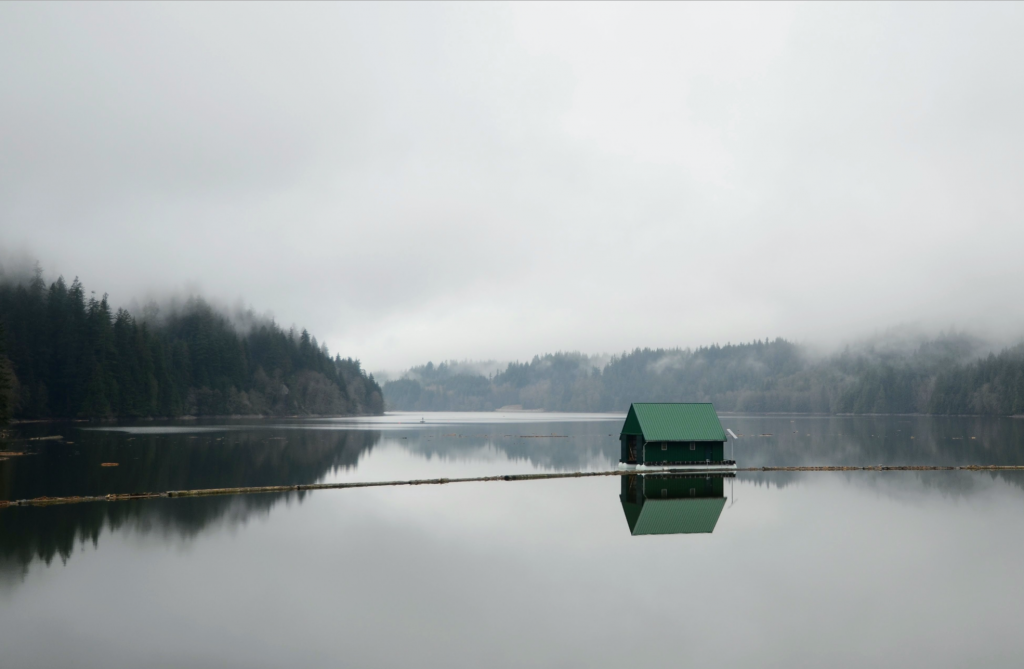
Minimalism is about simplifying the background to bring your subject into the foreground.
To achieve the perfect negative space, you have to make sure that there is balance between your subject and the impact of the empty area.
Mastering the art of minimalist photography needs patience and practice.
You have to try different angles, perspectives, subjects, colors, textures, and so on. You may not be an expert at first, but by continuing to learn and try different compositions, I assure you that you will become a professional.
Even professional photographers still have a lot to learn. Don’t give up and get creative with details.
I highly recommend black and white pictures in terms of minimalist photographs, but sometimes, it is much more interesting to play with colors and get contrasting hues.

If you experiment with angles and techniques, you will see that even contrasting shapes or patterns will get you the most amazing minimalist images.
Also, bright colors will always play a significant role in photography. Don’t be afraid to experiment with shades and pay attention to the colors that complement each other.
Just like the colors complement each other, so do the textures. But do you know what would make minimalist photography more artistic? Mixing colors and textures in one picture.
Minimalist compositions emphasize simplicity, and you should see the colors and textures that match. A simple pop up of color or texture will take your skills to another level.

The photographer has almost as much control over his subject matter as a painter. He can control light and shade, form and space, pattern and texture, motion and mood, everything except composition.
– Andreas Feininger
But still, from the composition that delights his eyes, he can create something majestic.
Moving on, another element that goes hand in hand with this genre of photography is minimalist architecture.
Observing lines, shapes, and geometric patterns can give you attractive backdrops for your minimalist shooting.
Walls, windows, stairs are all sublime for minimalist photography. There are fantastic perspectives, you just have to see them.
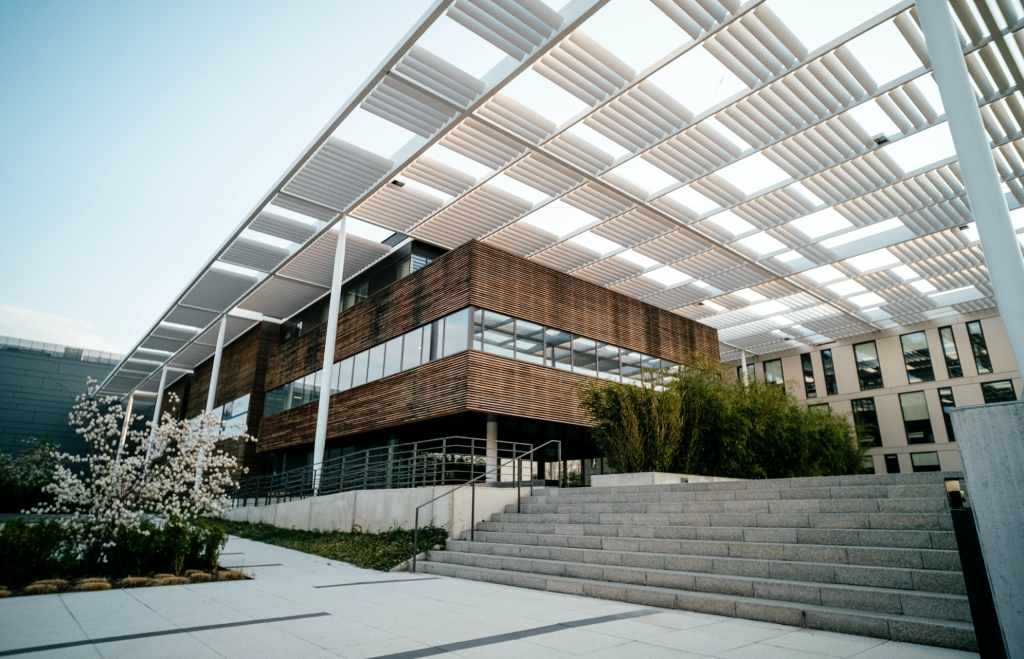
Also, repetition is an important element of minimalism as geometry, shapes, lines, and so on.
If you want to give your pictures a sense of abstraction, get creative with these elements, and practice until you get something out of the ordinary.
As difficult as it may seem, having skills in minimalist photography and seeing the details that glamorize your pictures will create the most meaningful stories.
Take your minimalist photography skills to another level and tell a story with your pictures. You can practice this genre of photography anywhere.

You can take photos in the city and mix your street photography skills with minimalist photography, or you can walk through nature and see the most divine scenarios.
If you want to get a perfect story, you have to integrate your elements and unite them in harmony. Practice all the tips mentioned in this article, and you will see improvements coming in time.
When shooting minimalist photography, most photographers use a DSLR camera. These cameras will help you create a perfect depth of field and get creative with the bokeh effect.
However, you can also shoot with a smartphone because it isn’t necessary to use the bokeh effect.
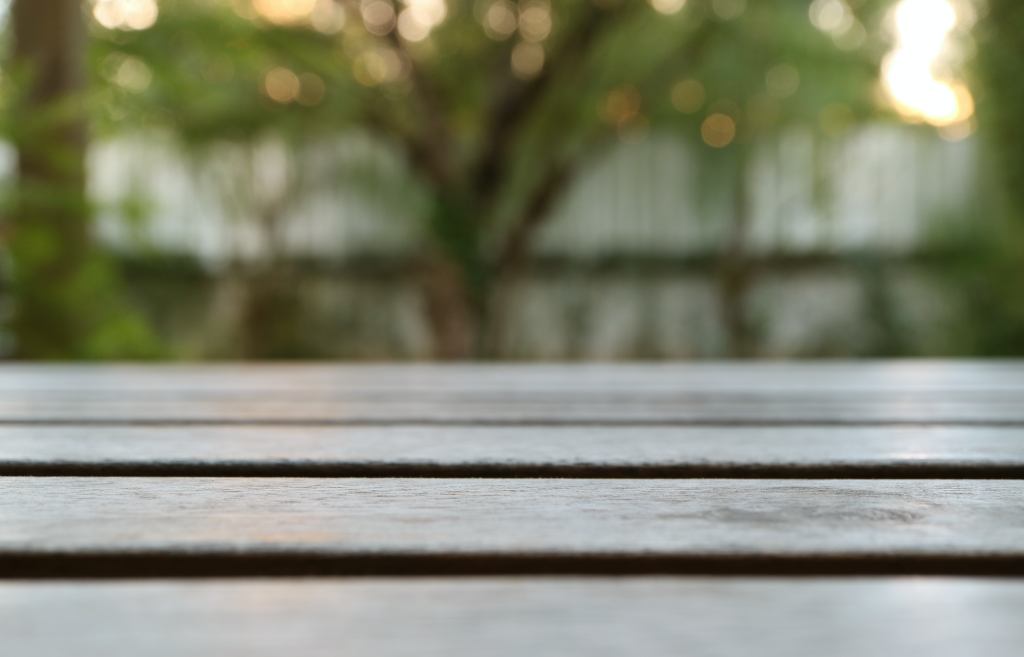
Speaking of minimalist photography, you have to get perfect and clear lines. If you already have a digital camera and buying a DSLR would be too much, take out your smartphone and let your eyes frame minimalist art.
Nowadays, smartphones have become quite advanced and professional. You can take the pictures you want by taking advantage of these devices.
So, what do you say? Are you ready to compose some minimalist photos?
Once you have followed these tips and practiced this type of photography, you can create an online portfolio. Why? Well, I’m sure that you are a master of photography and will manage to get great perspectives.
People need to see your vision, and you have to show them what you are capable of.
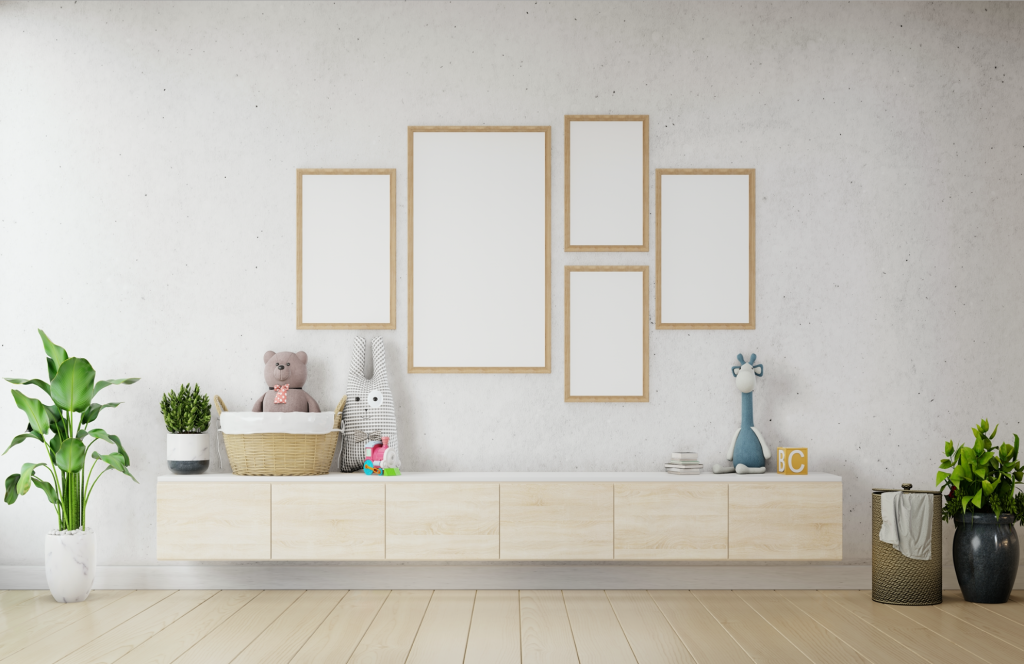
It doesn’t hurt to have a community that appreciates your work and that you can exchange ideas with. If you don’t already have a website, you can build one with WordPress. This website builder is the perfect match for your photography business.
Besides the fact that it has a lot of features, you can take advantage of the best portfolio plugins for photographers and creatives. Here’s a tip! Go with Modula. Or you can go with the flow. Whatever your choice is, I’m sure it will be right for you.
Minimalist photography is a subjective genre that is open to interpretation. You only have to go out there and get creative with fundamental elements.
Enjoy the shapes, textures, lines, and let your imagination go wild. So do you. Explore as many places as possible and find stuff that can improve your style of taking pictures.
Reaching the step where you will be able to see the importance of simple things, you will be able to have fun with perspectives, angles, and other factors more straightforward.
Table of contents
Copyright © 2010 Matahari Indonesiaku
Supported by SUV Reviews, Bed in a Bag
Designed by Splashy Blogger Templates